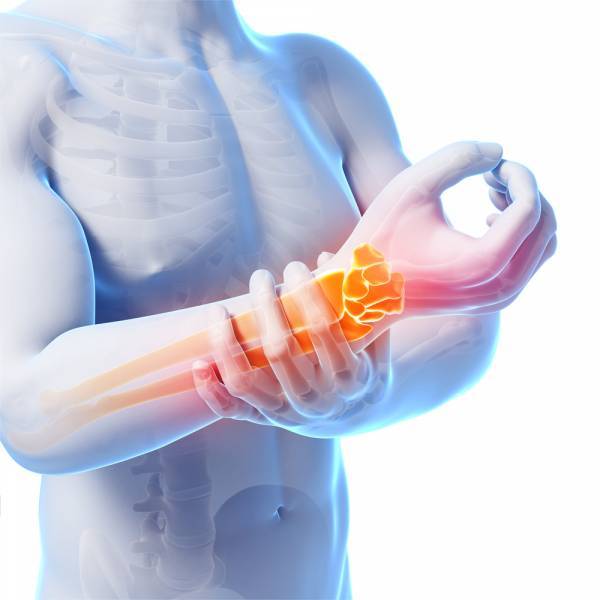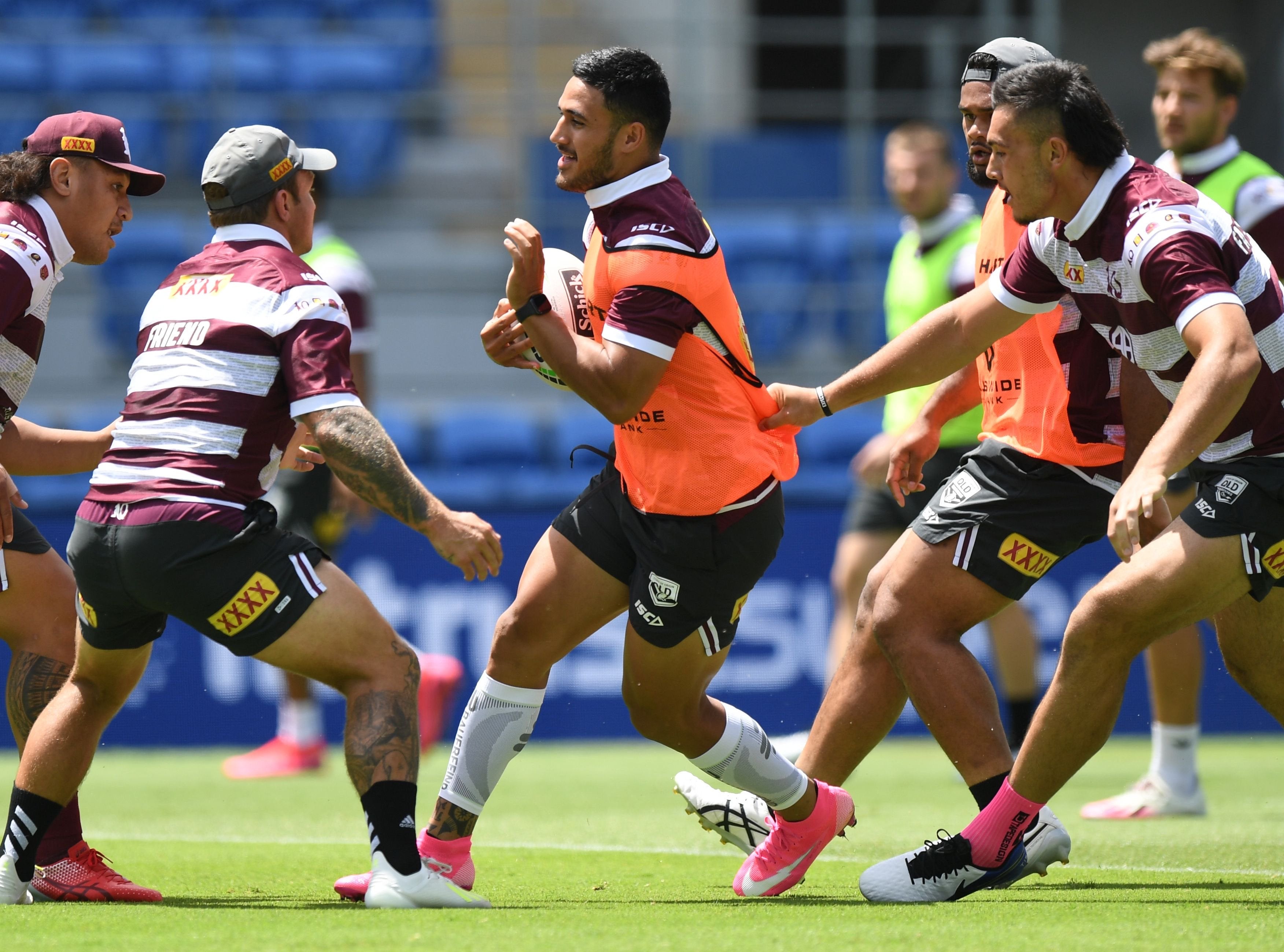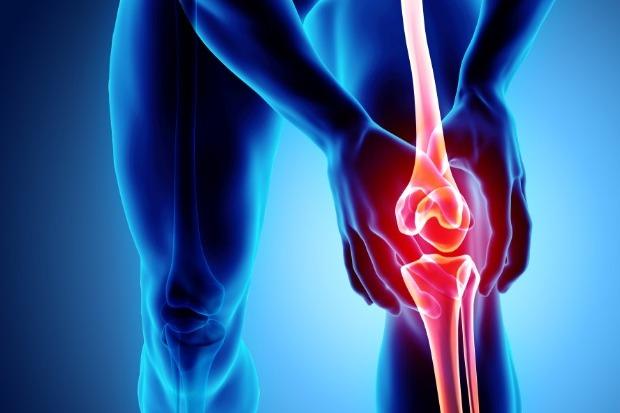The involvement of the wrist joint in most sports is often overlooked, and what can seem like a minor inconvenience may quickly become an issue preventing participation. This unassuming joint is actually involved in 25% of all sporting injuries as described in the Journal of Orthopaedic Surgery and Research by Avery and colleagues. Trawling the internet for sports injuries, there is a surprisingly large number that involve the poor wrist.
Misunderstood and obviously a bit tricky, the wrist is difficult to treat. In most cases, the clinical presentation of wrist indications is fairly similar. The cause of injury often includes breaks, tears in associated muscle/ligaments and chronic inflammatory issues. As a helping hand (yep), here is a diagram that summarises some of the common issues;

Figure 1. X-Ray of left wrist, detailing the areas where wrist injury often occurs, and yep, a LOT can happen in this little joint, as described by Avery and colleagues (2016).
Wrist injury management
The management of wrist injuries varies based on the structures involved, and the severity of the damage. Although the wrist is very complex, wrist injuries are often separated into acute and chronic classifications. Acute damage can go undiagnosed, or (worse) poorly managed, leading to chronic complications over time. If not dealt with correctly, chronic issues can often predispose the joint to more acute damage as well.

Acute injury mostly describes the breaking of bones or tearing of ligaments. This is often a result of hyperextension, which is common in contact sports like rugby and hockey. Chronic wrist injuries include stress fractures, tendinopathies and inflammatory issues within the joint. Sports like golf, volleyball and tennis are normally the culprits here. Other sports like weightlifting, rowing and fencing are linked to both acute and chronic issues. If you want further examples of how wrists can get in the way, see here.

A study by Geissler and colleagues described the differences in the management of wrist injuries with regards to immobilisation. Forms of immobilisation include casts, braces and splints – collectively termed orthoses. Immobilisation aims to reduce the impact of mechanical stress within the joint, avoid further damage and prevent the severity of instability that requires surgery to correct. Results from another study have shown evidence that the use of wrist orthoses improves pain scores in people with chronic joint inflammation too. The following quote is a great summary of this:
“Orthoses are generally used to support or restrict the motion of a weak, deformed, diseased, or injured part of the body in an attempt to allow healing and/or facilitate proper function.”
This is from a study in the Journal of Rehabilitation Research which proved that wrist guards increase stiffness within the joint. This improves joint function and describes a great use case for the ManuTrain Wrist Support in treating wrist injuries. By the same logic, the correct use of this brace can act to initially prevent injury.

Figure 2. ManuTrain Wrist Support by Bauerfeind, demonstrating stiffness and flexibility to produce a supportive orthosis.
Bauerfeind's ManuTrain wrist support offers superior compression which takes pressure off various structures within the hand. Two anatomically contoured gel pads are featured in the ManuTrain, which also help relieve strain off sensitive nerves and blood vessels travelling through the wrist area. The breathable knit material of the support ensures effective moisture dissipation as well as all day wearing comfort.
The ManuTrain is ideal for the prevention of wrist sprains, dislocations, improving stability along with reducing inflammation of surrounding tendons.
If you don’t trust the science, trust Veteran Australian Fencer Peter Baacke, who describes how he uses his wrist orthoses in this video.

References
Review Articles;
- Avery D, Rodner C, Edgar C (2016). Sports-Related Wrist and Hand Injuries: A Review. Journal of Orthopaedic Surgery and Research 11:99-114.
- 1x picture referenced
- Sprouse R, McLaughlin A, Harris G (2018). Braces and Splints for Common Muscoskeletal Conditions. American Family Physician 98:570-576.
Papers
- Geissler W, et al. (2015). Advanced Imaging of the Scapholunate Ligamentous Complex. Skeletal Radiology 85:452-459.
- Lane L, Boretz R, Stuchin S (2001). Treatment of de Quervalin’s Disease: Role of Conservative Management. Journal of Hand Surgery 2:258-260.
- Seegmiller D, Eggett D, Charles S (2016). The Effect of Common Wrist Orthoses on the Stiffness of Wrist Rotations. Journal of Rehabilitation Research 53:1151-1166.
















